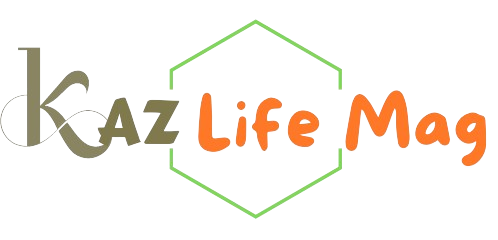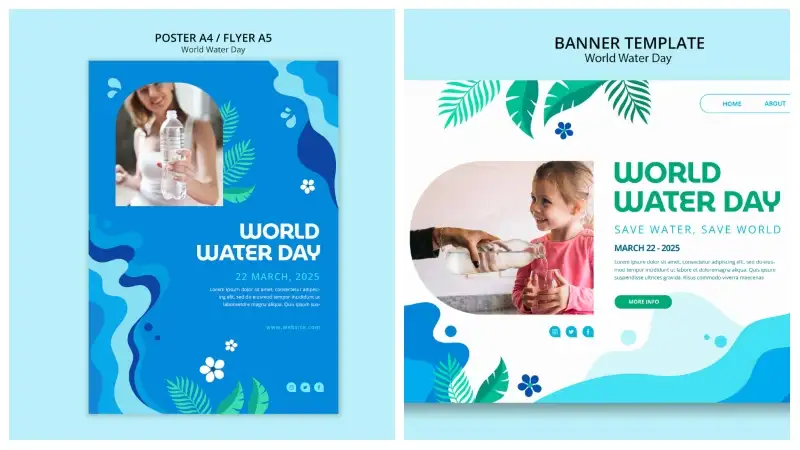The article examines the “quiero agua cartel” as an influential advocacy tool for water rights. These posters use bold typography and powerful imagery to highlight the urgent need for clean water, resonating across cultural and geographical boundaries. Rooted in the tradition of using posters for social causes, the “quiero agua cartel” effectively raises awareness about global water scarcity.
Key design elements include clear messages, emotional appeal, and culturally relevant visuals. The article highlights successful campaigns, such as Bolivia’s “Guerra del Agua,” where these posters played a pivotal role in driving policy changes. It also provides best practices for creating impactful cartels and discusses the role of digital media in amplifying these messages. Overall, the “quiero agua cartel” is shown as a vital tool in the fight for water justice, capable of inspiring real change.
The Essence of “Quiero Agua Cartel”
At its core, the “quiero agua cartel” is a potent symbol in the fight for water rights. These posters, banners, and signs are not just artistic expressions; they are calls to action. They represent communities and individuals who face daily struggles to obtain clean, safe water. The phrase “quiero agua” captures a universal human need and channels it into a powerful message that resonates across cultural and geographical boundaries.
Historical Context and Modern Implications
The use of posters for advocacy has a rich history. From political revolutions to social justice movements, posters have played a pivotal role in shaping public opinion and mobilizing action. The “quiero agua cartel” follows in this tradition, but its focus on water—a fundamental human right—adds a layer of urgency and universality.
In many developing regions, water scarcity is exacerbated by climate change, pollution, and inadequate infrastructure. According to the World Health Organization, over 2 billion people lack access to safely managed drinking water services. The “quiero agua cartel” movement draws attention to these stark statistics, urging governments, organizations, and individuals to prioritize water access and sustainability.
The Power of Visual Communication
The effectiveness of the “quiero agua cartel” lies in its ability to convey complex issues through simple, yet powerful imagery and text. A well-designed cartel can capture attention, evoke emotion, and inspire action. Key elements often include:
- Bold Typography: The phrase “quiero agua” is usually rendered in large, bold fonts to ensure it is immediately recognizable and impactful. The choice of typography can convey urgency, desperation, or hope.
- Striking Imagery: Images of dry landscapes, parched throats, or children carrying water jugs are common. These visuals personalize the issue, making the abstract concept of water scarcity tangible and relatable.
- Color Schemes: Blue hues are frequently used to symbolize water, while contrasting colors like red or black can highlight the severity of the crisis. Effective use of color can draw viewers’ eyes and reinforce the message.
- Local Context: Incorporating local languages, cultural symbols, and specific regional challenges makes the “quiero agua cartel” more relevant to its intended audience. It can also foster a sense of community and shared purpose.
Case Studies: “Quiero Agua Cartel” in Action
Several notable campaigns have effectively utilized the “quiero agua cartel” to drive change. In Latin America, grassroots movements use “quiero agua” posters to pressure governments on contentious water rights issues. In Bolivia, the “Guerra del Agua” (Water War) of 2000 saw widespread use of “quiero agua” signage to protest the privatization of water services in Cochabamba. The movement successfully forced the government to reverse its decision, highlighting the cartel’s power in advocacy.
Similarly, in African nations like Kenya and Ethiopia, NGOs and local activists have used “quiero agua cartel” to bring international attention to severe droughts and water shortages. These efforts have often led to increased funding and support for water projects, showcasing the tangible benefits of this activism.
Designing for Impact: Best Practices
Creating an effective “quiero agua cartel” requires a thoughtful approach to design and messaging. Here are some best practices:
- Understand the Audience: Tailor the design to resonate with the target audience. This involves considering cultural nuances, language preferences, and regional issues.
- Keep it Simple: The message should be clear and concise. Avoid cluttering the design with too much text or overly complex images.
- Emotional Appeal: Use imagery and words that evoke empathy and urgency. Personal stories or faces can create a stronger emotional connection.
- Call to Action: The “quiero agua cartel” urges action: donate, sign petitions, attend rallies. It’s art driving real change for water justice.
- Sustainability and Ethics: Ensure that the production of the cartel itself is environmentally sustainable. Using eco-friendly materials and methods aligns with the broader goal of promoting sustainability.
The Future of “Quiero Agua Cartel”
As the water crisis grows, the “quiero agua cartel” remains crucial in advocating for water justice and raising awareness. Advances in digital technology and social media have expanded these posters’ reach, making them viral and gaining international support. Virtual campaigns can amplify the message of the “quiero agua cartel,” reaching a broader audience and mobilizing global action.
Moreover, as climate change intensifies, the need for effective advocacy will only grow. The “quiero agua cartel” stands as a testament to the power of visual communication in driving social change. By raising awareness and inspiring action, these posters highlight water scarcity’s urgency and pave the way for clean water solutions.
Conclusion
The “quiero agua cartel” demonstrates the powerful role of visual communication in advocating for water rights. These impactful posters effectively raise awareness and inspire action on the critical issue of water scarcity, transcending cultural and linguistic barriers. If you want read to more visit our website.
As global water challenges intensify, leveraging both traditional and digital platforms to amplify these messages is essential. The “quiero agua cartel” remains a vital tool in mobilizing support and driving policy changes, highlighting the enduring influence of art in promoting human rights and fostering positive social change.

